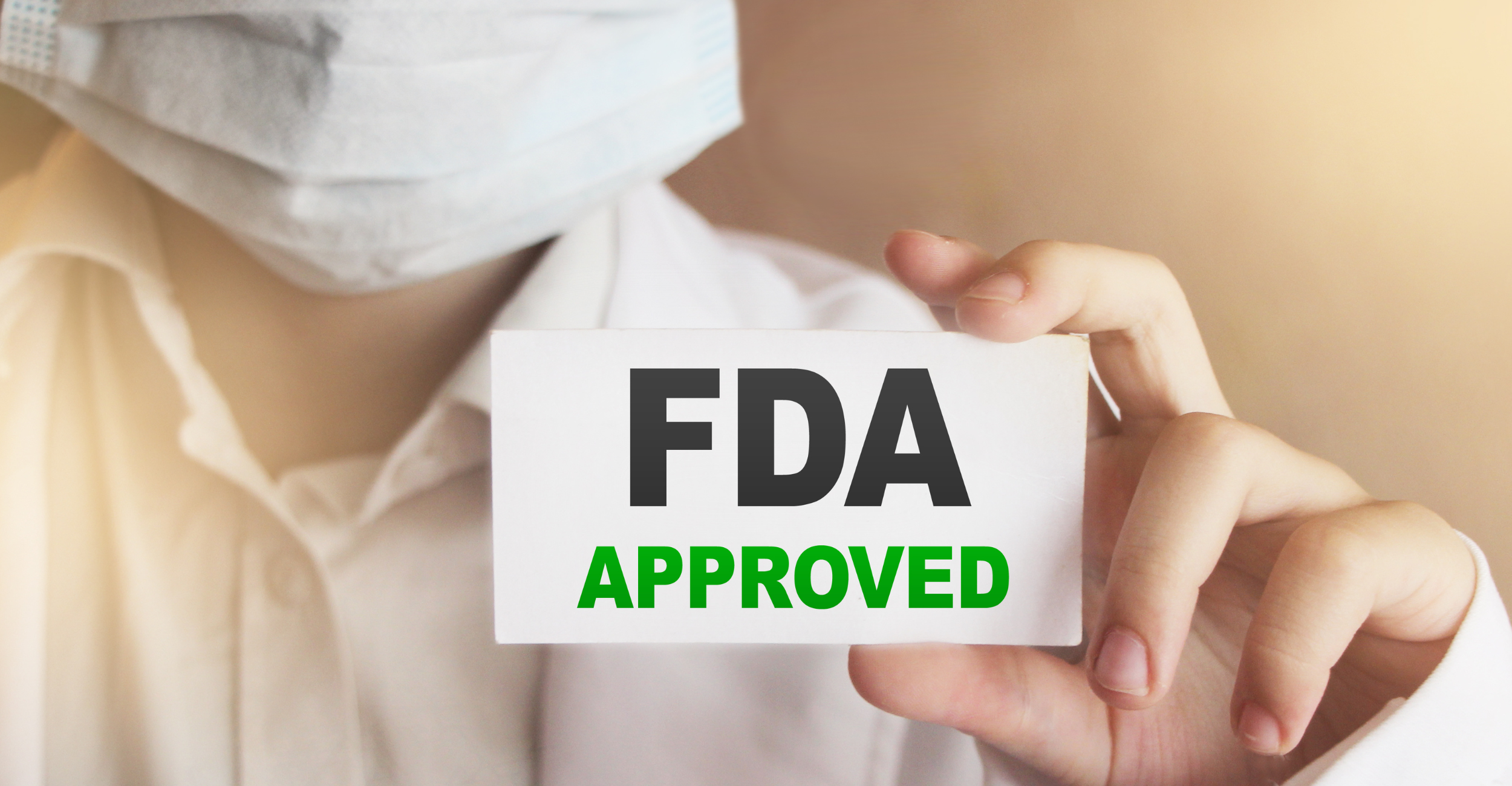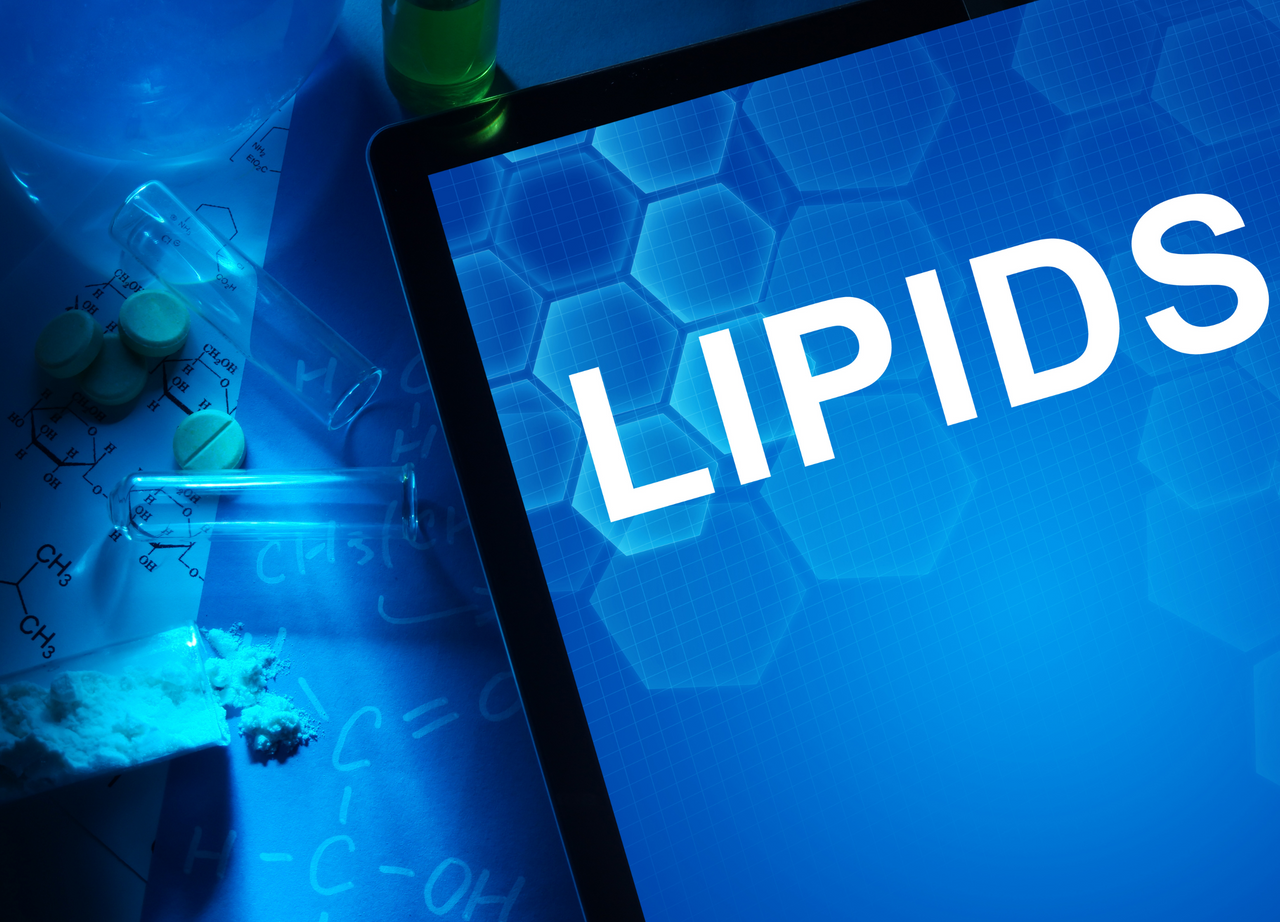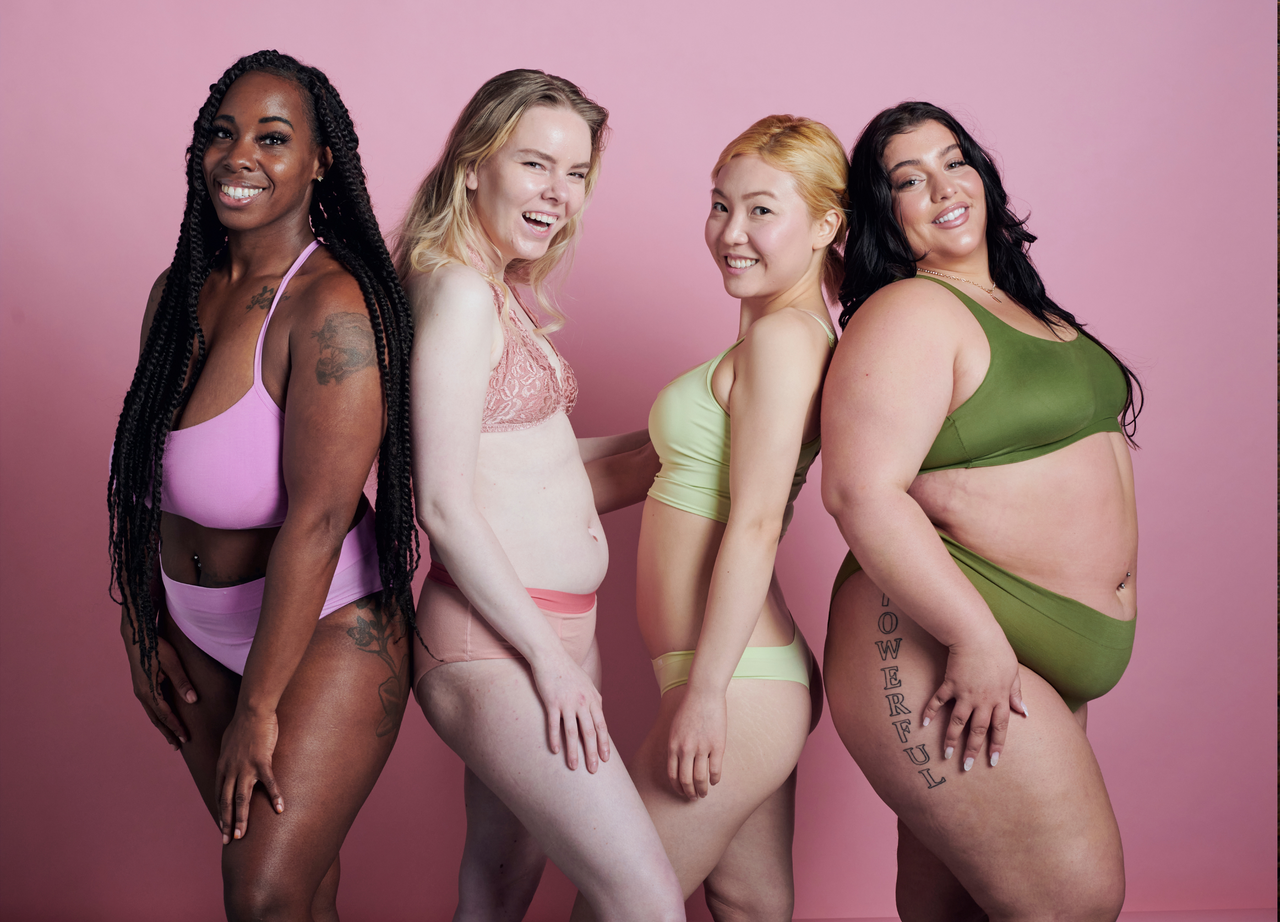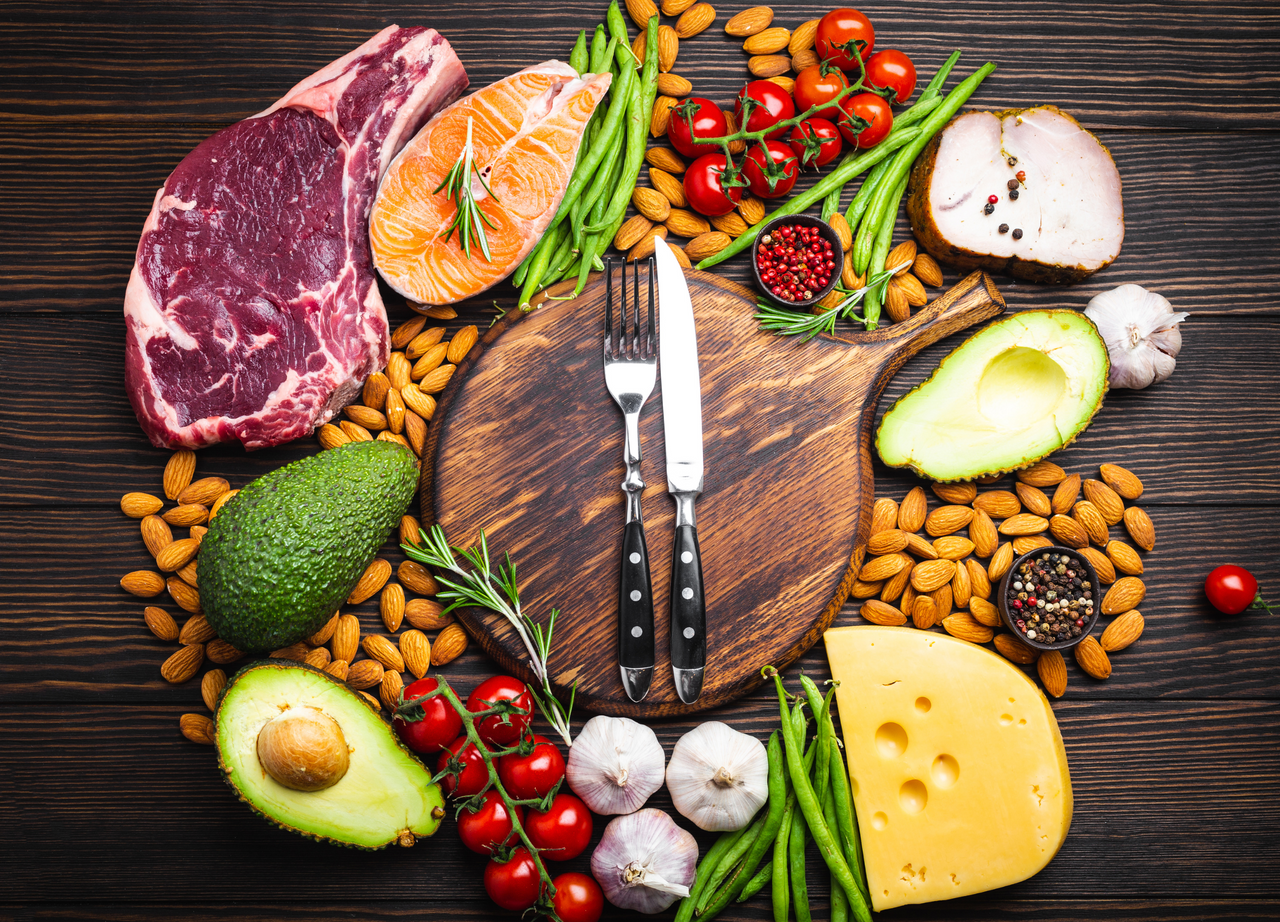FDA Announced A Change In The Definition Of “Healthy Food”
On September 28, 2022, the U.S. Food and Drug Administration suggested updated standards for when specific foods can be tagged with the nutrient content sticker “healthy” on their packaging. This proposed rule aligns the definition of the “healthy” claim with current nutrition science, the updated Nutrition Facts label, and the current Dietary Guidelines for Americans.

More than 80% of people in the U.S. are not eating enough vegetables, fruit, and dairy. And most people ingest too much added sugars, saturated fat, and sodium. The proposed rule is part of the agency’s continuous commitment to helping consumers improve nutrition and dietary patterns to help lessen the load of chronic disease and advance health equity.
The proposed rule comes on the heels of the White House Conference on Hunger, Nutrition, and Health, as well as the release of the corresponding national strategy, which aims to end hunger, improve nutrition and physical activity, reduce diet-related diseases, and close disparity gaps by 2030.
Redefining What’s “Healthy”
Too many people in the U.S. eat a diet that is low in whole grains, vegetables, nuts, seeds, and legumes; and high in saturated fats, processed grains, sugar, and sodium. The purpose of redefining the word 'healthy' for the purposes of packaging is to make it easier for the consumer to choose foods that are overall of higher nutrition quality.
The proposed new rule introduces a new limit on added sugars — in general, no more than 2.5 grams per serving, although this can vary depending on the food. It also restricts the amount of sodium to no more than 230 milligrams per serving and provides limits for saturated fat, which can similarly vary depending on the food.
A six-ounce serving of yogurt, for example, would not qualify as “healthy” under the new rule if it contained more than 2.5 grams, or 5 percent of the daily value, of added sugars; a frozen dinner of salmon, green beans and brown rice would not qualify as “healthy” if it contained more than four grams of saturated fat.
Updated List Of Really Healthy Food
Raw whole fruits and vegetables would automatically qualify for the “healthy” claim because of their nutrient profile and positive contribution to an overall healthy diet. Examples of foods currently ineligible to bear the “healthy” claim based on the existing regulatory definition, but that would qualify under the proposed definition are water, avocados, nuts and seeds, higher-fat fish, such as salmon, and certain oils. Products that currently qualify for “healthy” that would not under the proposed definition include white bread, highly sweetened yogurt, and highly sweetened cereal.
Water, avocados, nuts and seeds, fatty fish like salmon, and certain oils — which do not currently qualify as “healthy” — could earn the distinction under the new guidelines.
So, Salmon Is Now Healthy- But We Already Knew That
The new definition of “healthy” emphasizes whether a food fits into a healthy dietary pattern overall, as opposed to just focusing on a food’s individual nutrients. Salmon, for example, which isn’t considered “healthy” under the current definition because it is high in fat, would earn the new “healthy” distinction because it is rich in beneficial omega-3 fatty acids and protein and low in saturated fat and cholesterol.
The new definition is not immune to criticism, and Americans are likely to still face uncertainty about healthy food choices as they stroll grocery store aisles. But, the proposed update is a clear improvement.
Current, Outdated Criteria Was Established In 1994
Under the current criteria, established in 1994, the FDA allows food manufacturers to label their products as "healthy" based on shortsighted maximums and minimums of specific nutrients. That means "healthy" foods have universal maximums for saturated fat, total fat, cholesterol, and sodium and are also required to provide at least 10 percent of the daily value for one or more of the following nutrients: vitamin A, vitamin C, calcium, iron, protein, and fiber.
Now, foods with loads of added sugars—like low-fat yogurts or sugary breakfast cereals aimed at children—are eligible for a "healthy" label because they meet the other qualifications. The same goes for some nutritionally questionable white breads. Yet whole foods such as avocados or currently recommended meats, like salmon, are ineligible due to fat content—flying in the face of the current, evidence-backed healthiness of plant-based foods. And even plain water or plain carbonated water can't be labeled "healthy."





